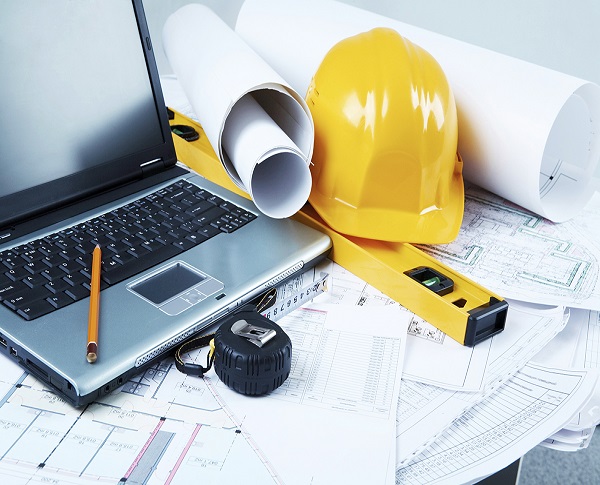Free Course
OSHA 10 Hour in Construction Safety and Health
Course Modules - (14)
The OSHA 10-Hour Construction Safety and Health course from PDH Safety will prepare you for a safe and prosperous career in construction. This crucial course gives entry-level employees a thorough knowledge of:
Core Construction Hazards: Recognize and steer clear of typical risks such as electrocution, falls, and collisions.
Employee Rights and Obligations: Find out how you can contribute to maintaining safety procedures and your right to a safe workplace.
Preventive actions: Acquire useful skills to reduce hazards and promote a secure workplace.
OSHA Compliance: By guaranteeing that you adhere to industry safety regulations, this curriculum makes you an invaluable member of any construction crew.
Take the first step toward a fulfilling and secure career by enrolling at PDH Safety now!
Learning Outcomes:
- Understand safety protocols in the workplace.
- Recognize potential hazards and mitigate risks.
Completion Requirements:
- 100% appearance for the course
- Fully involvement in all class trainings (determined by instructor)
- Completion of Continuing Education and Training Registration Form
- Completion of mandatory quiz assessments
- As applicable, attainment of least passing score on required end-of-course examination
- Participation and submittal of end-of-course assessment form (must provide name on form to obtain credit)


